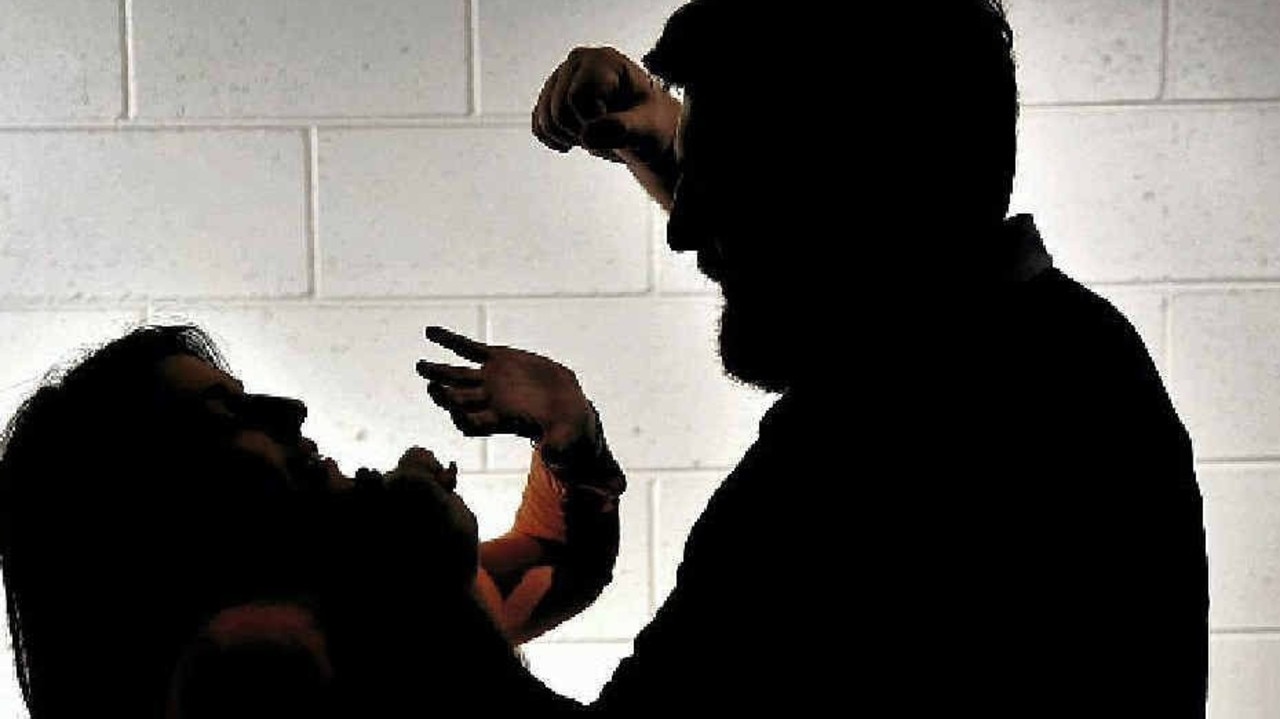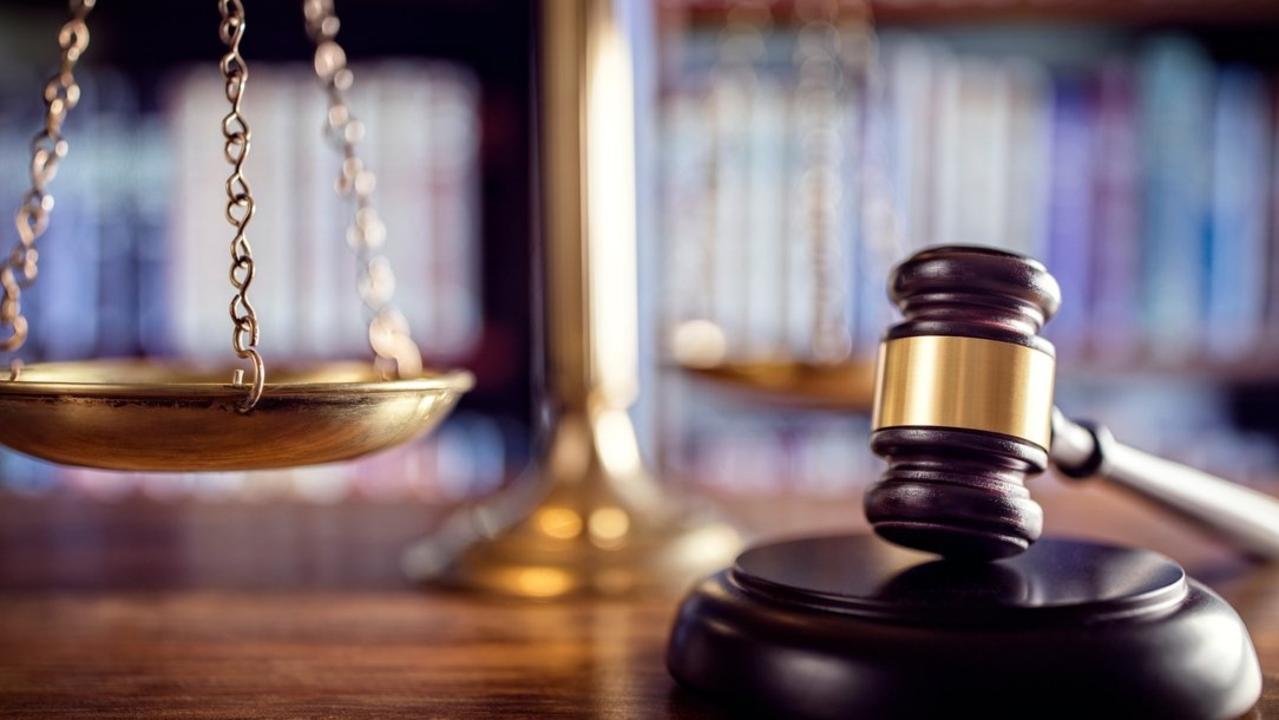History of bikies on Gold Coast, where the clubs are based and turf wars brewing
Bikies are not new to the Gold Coast — they’ve called the Glitter Strip and Hinterland home for more than 40 years. Here's how it all started.
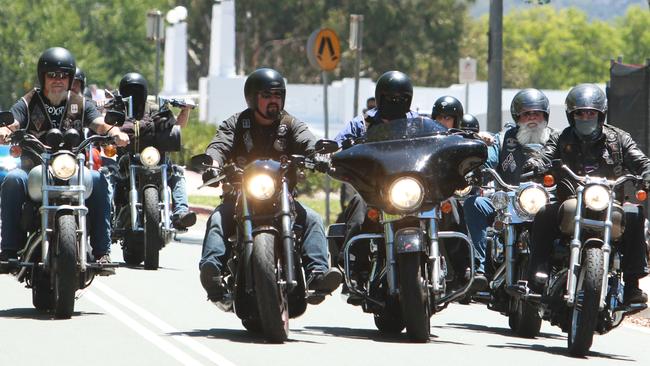
Crime and Court
Don't miss out on the headlines from Crime and Court. Followed categories will be added to My News.
BIKIES are not new to the Gold Coast — they’ve called the Glitter Strip and Hinterland home for more than 40 years.
When the Finks founded their Gold Coast chapter in 1969, patched outlaw motorcycle gang members were seldom seen and rarely heard.
Public displays of violence were rare.
The only time most people ever saw bikies was in their rear vision mirror as they wove their way through traffic on the Pacific Highway on two wheels, or crossed white lines and screamed past them on winding roads in the Hinterland. That all changed in the 1980s in a shocking incident that saw rival gangs embroiled in a shootout in a park at Tugun that catapulted bikies into the headlines.
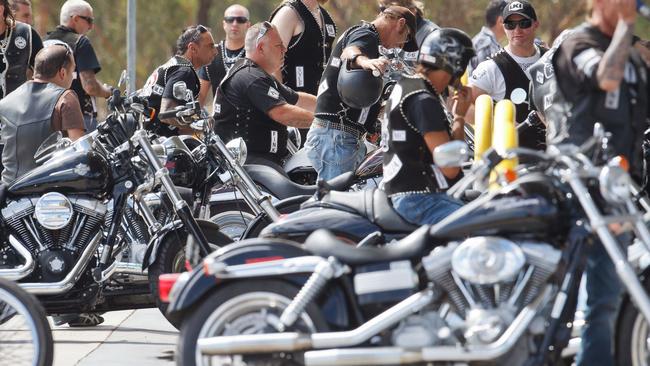
It was the most brazen public display of violence the Coast had witnessed and a sign of things to come.
By the year 2000, the Gold Coast party scene had helped The Finks morph into a modern, organised-crime style outlaw gang.
As the Gold Coast’s booming drug scene continued to grow, territorial disputes escalated and new players became eager to find a way in.
Leading the pack were international heavyweights the Hells Angels, who enjoyed a heavy presence in Brisbane but were yet to establish a stranglehold on the Coast.
Enter Christopher Hudson, a former Gold Coast bouncer and Black Uhlan turned senior member of The Finks. When Hudson patched over to the Angels in late 2004, the club had finally found a way “in”.
His defection fuelled the Angels’ bitter rivalry with local stalwarts The Finks and in 2006, eventually boiled over in an infamous all-in brawl later dubbed The Ballroom Blitz.
Shots were fired, knives were pulled and fists, feet, bottles and chairs were used as weapons as Hells Angels and Finks went head-to-head during a kickboxing match in the ballroom at the Royal Pines Resort.
More than 1800 people were caught in the violent melee which made headlines around the world.
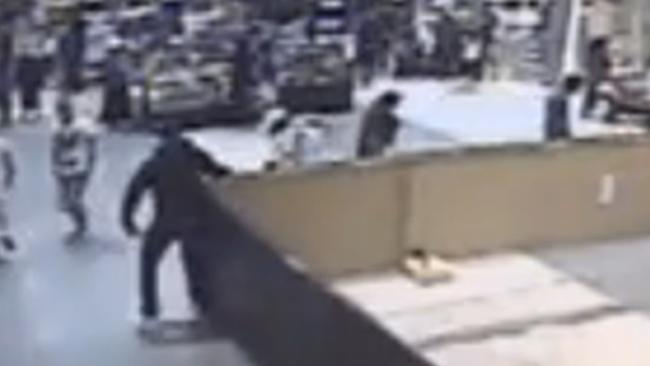
Hudson was shot in the back and jaw and stabbed as OMG members on both sides were wounded.
The turncoat was later convicted of murder and jailed after shooting three people at point blank range, killing one and injuring two, in Melbourne’s CBD. Police said the Ballroom Blitz showed just how quickly the gangs could mobilise muscle.
“Finks and Angels came from everywhere that weekend,” a police source said.
“The mobility of these people is phenomenal.”
While the head-to-head melee sparked fears of an all-out Gold Coast bikie war that thankfully never materialised, the clubs remained at loggerheads.
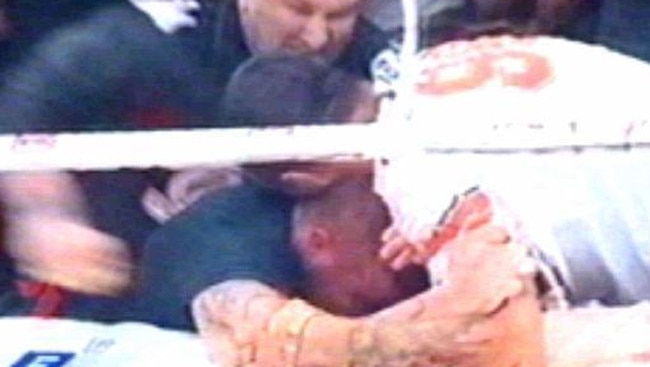
Tattoo parlours, gyms and private homes were shot at and torched. Rivals punched on and in some cases patched over, as gangs jockeyed for dominance for the best part of another decade.
Tensions finally boiled over again in 2012 when an innocent bystander was shot in the hip at Robina Town Centre when Bandido Jacques Teamo clashed with gunman Mark Graham.
Graham, a Finks member at the time of the shooting, was sentenced to 12 years in jail in 2014 for attempted murder and unlawful wounding over the incident — a sentence he’s now serving after losing a High Court Appeal over his conviction. A year after being shot in the crowded shopping centre, Teamo was causing fear in public again.
The former Miami High School student led a group of Bandidos as they swarmed the busy Broadbeach precinct and started what became another notorious bikie brawl.
As terrifying as the Ballroom Blitz and Robina shootings had been, the 2013 Broadbeach bikie brawl was perhaps the single most defining moment in the Gold Coast — and Queensland’s — war on bikies.
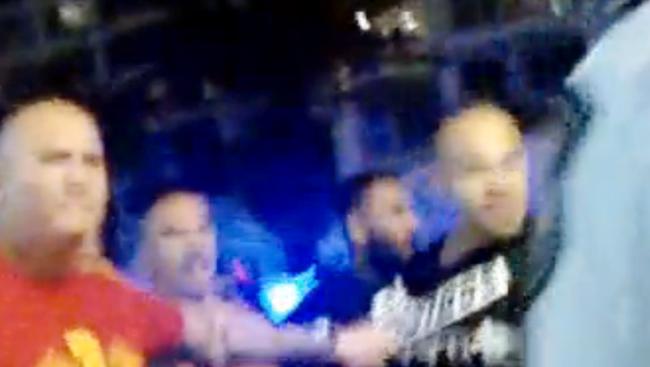
The incident sparked a major, citywide crackdown on the clubs, with police making 3206 arrests and laying 5000 charges in the following 12 months and prompted the Newman Government to introduce its controversial VLAD laws.
Twin taskforces, Maxima and Takeback, were formed to dismantle the underworld empire and close the 10 bikie clubhouses operating north of the border at the time.
The police blitz targeted tattoo parlours, towing industry, feeder gangs, massage parlours and parole violations before police claimed they’d dismantled a multimillion-dollar criminal empire.
As The Finks began to crumble under the weight of the crackdown and imminent introduction of Queensland’s controversial VLAD laws, feared Californian gang the Mongols mounted a brazen takeover of the club.
By the end of 2013, the Mongols’ Australian membership had swelled from 70 to almost 400 as an army of Finks patched over.
The laws have kept the Mongols at arms’ length, just over the border at Chinderah but have done nothing to keep “new kids on the block” the Comancheros at bay.
The feared club has been linked to recent incidents on the Gold Coast.
Several clubs have also been eyeing off the growth corridor in the city’s north, still considered “no man’s land”.

